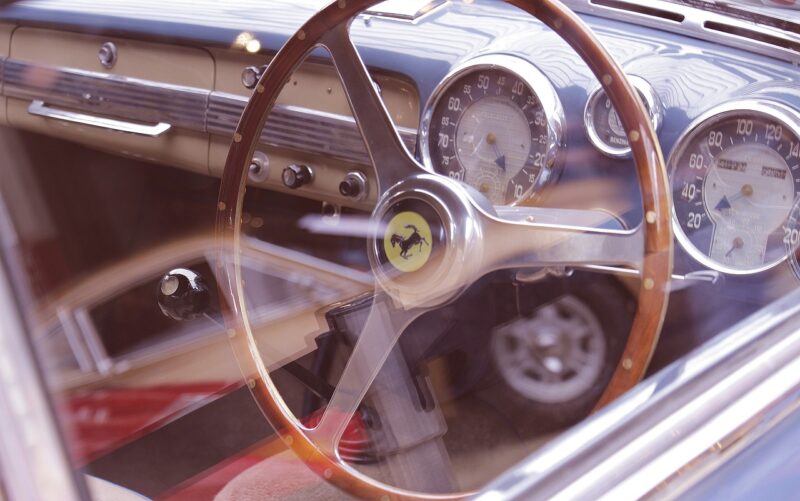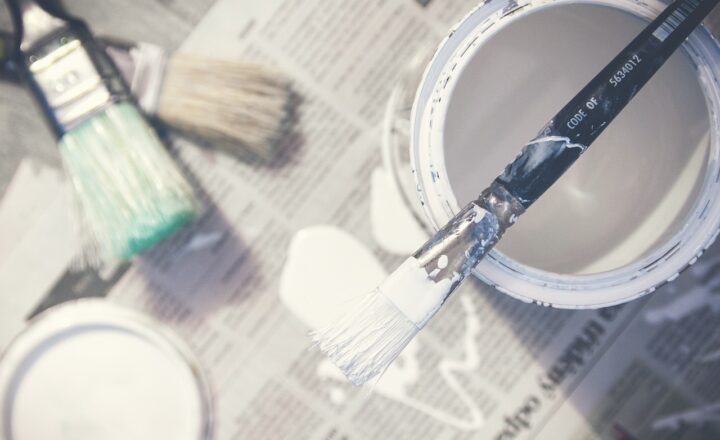When Waterbeds Were the Epitome of Luxury and Status Symbols
November 15, 2024

In the late 1960s and 1970s, a new phenomenon emerged in the world of bedding – the waterbed. No longer just a simple mattress, the waterbed was marketed as a luxurious and sophisticated choice for modern living. This article explores the rise, peak, and decline of waterbeds, examining their impact on consumer lifestyles, trends in interior design, and societal perceptions of luxury.
1. The Origins of Waterbeds: A Novel Concept
Waterbeds can trace their history back to ancient civilizations, where they were used for comfort and relaxation. However, the modern waterbed we recognize today was invented by Charles Hall, a student at San Francisco State University, in 1968. Hall’s initial prototype was made of a vinyl bag filled with water, which offered a unique sleeping experience.
After some skepticism, Hall, along with his brother and a friend, eventually launched the first commercially available waterbed in the early 1970s. They marketed it as a luxurious product that conformed to the body’s contours, making sleep more comfortable and restful.
2. The Rise to Popularity: Luxury and Lifestyle
By the mid-1970s, waterbeds had exploded in popularity. They became synonymous with status, luxury, and modernity. The advertising campaigns positioned waterbeds not just as a means of sleep, but as a lifestyle choice that reflected sophistication and elegance.
Homeowners sought to showcase their waterbeds in stylish bedrooms, often elevating them on platforms with elaborate frames, mirrors, and decorative lighting. As they gained traction, waterbeds became icons of the counterculture movement, symbolizing a departure from traditional norms of home furnishings.
In many ways, owning a waterbed was akin to owning a piece of modern art. Personalization became a key factor, with consumers opting for different shapes, sizes, and colors to match their interior decor. The allure of a waterbed captivated celebrities and influencers alike, further amplifying the trend.
3. Features and Appeal of Waterbeds
What made waterbeds so appealing were their unique features. Here are some key attributes that contributed to the allure of these mattresses:
- Customizable Comfort: Waterbeds could be filled to varying levels, allowing individuals to customize the firmness and buoyancy to their preference. This feature made them particularly attractive to those seeking a tailor-made sleeping experience.
- Health Benefits: Advocates claimed that waterbeds could provide relief for back pain, arthritis, and other health issues by distributing body weight evenly and alleviating pressure points.
- Aesthetic Appeal: The aesthetics of waterbeds transformed bedrooms into luxurious retreats. They often featured elegant wooden frames and embroidered bedding, making them focal points in the room.
The mystique surrounding waterbeds played a huge role in their desirability during this time. As more Americans transitioned to suburban lifestyles, the idea of a unique, fashionable piece of furniture like the waterbed filled homes with an air of opulence.
4. The Decline: From Trend to Trouble
However, the inevitable tide of consumer trends began to turn against waterbeds in the late 1980s and early 1990s. Several factors contributed to their decline:
- Maintenance Issues: Users began to report problems with leaks, punctures, and difficulty in temperature control. Unlike traditional mattresses, waterbeds required maintenance to keep them in good condition, leading many consumers to feel frustrated and disappointed.
- Changing Preferences: With the rise of foam and pocket-spring mattresses offering excellent support and comfort, many consumers favored these options as being easier to handle and maintain.
- Shifts in Marketing: The once-glamorous marketing of waterbeds took a hit as competition increased and new consumer trends emerged. The portrayal of waterbeds shifted from luxurious to cumbersome in the eyes of potential buyers.
By the late 1990s, waterbeds had lost their appeal and were becoming a rarity in newer homes. The concept of luxury in bedding was evolving, and brands adapted to emerging trends in the consumer market.
5. Waterbeds in Modern Culture: Nostalgia and Collectibility
Today, waterbeds are often viewed nostalgically. They evoke memories of a bygone era characterized by distinct design choices and cultural priorities. While their popularity diminished, there remains a small niche market for waterbed enthusiasts who appreciate their unique qualities.
Some people have even begun to collect vintage waterbeds, viewing them as artisanal pieces of furniture that embody a specific moment in design history. Enthusiasts often restore them to preserve their nostalgic charm and originality. Furthermore, select brands have attempted to revive the waterbed concept, marrying old technology with modern improvements, allowing it to enter a new chapter.
Conclusion: A Reflection of Changing Times
The waterbed serves as a fascinating study of consumerism and design trends, illustrating how perceptions of luxury and comfort can shift over time. From a symbol of ultimate luxury to an emblem of dated design, waterbeds have experienced a complete cycle in the domain of home furnishings. Today, they remind us of the transient nature of trends and how luxury can take on many forms as society evolves. As new and exciting sleep technologies emerge, who knows what new status symbols will take their place in the years to come?
In retrospect, the story of the waterbed is one of creativity, ingenuity, and ultimately, a mirror reflecting our cultural values at a specific point in history.
As we continue to discover new ways to innovate our living spaces, the rise and fall of the waterbed remain an important chapter in the evolution of comfort and luxury.








